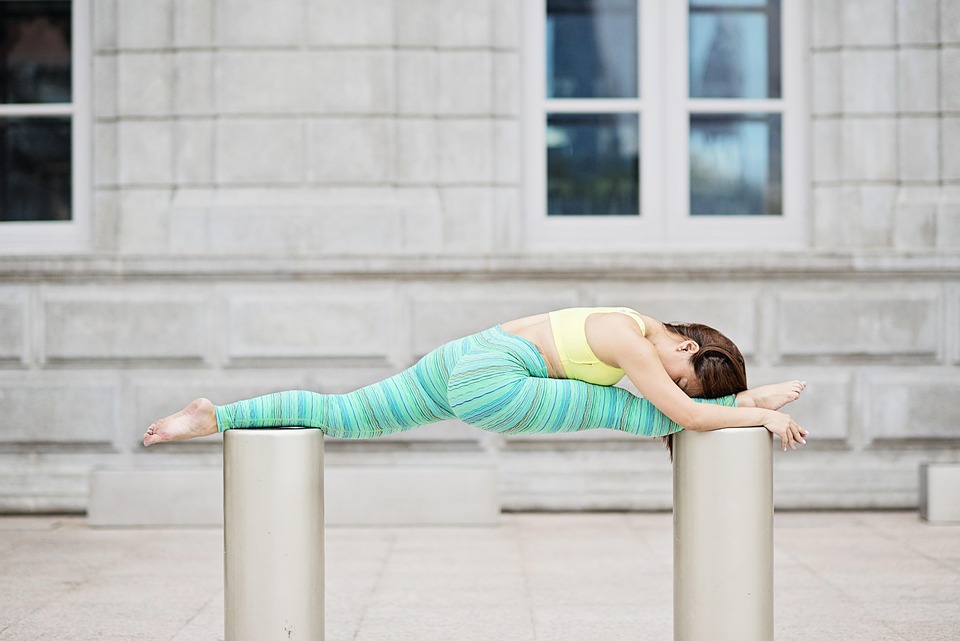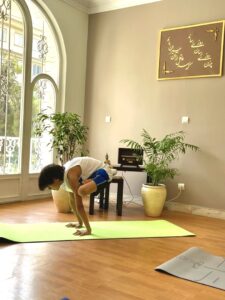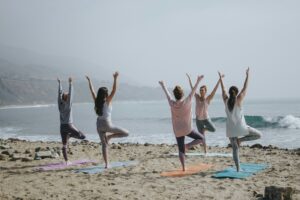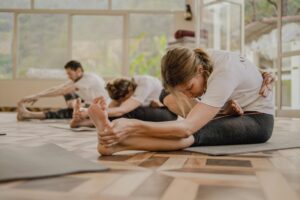
Vinyasa Yoga, a dynamic and flowing style of yoga, is more than just a physical exercise. It is a moving meditation, synchronizing breath with movement to create a fluid and seamless practice. Unlike some other forms of yoga, Vinyasa is characterized by its smooth transitions between poses, offering practitioners a balance of strength, flexibility, and mindfulness. In this article, we will explore how Vinyasa Yoga can be used to boost physical strength, enhance mental clarity, and promote overall well-being.
Understanding the Dynamics of Vinyasa
Vinyasa means “to place in a special way,” and in the context of yoga, it refers to a series of poses that are performed in a specific order. This style of yoga is often referred to as “flow” yoga because of the smooth way that the poses run together, much like a dance. Unlike other yoga practices, Vinyasa is known for its diversity and lack of a fixed sequence of poses, which means each class can offer a different experience.
The Role of Breath in Vinyasa
Breath is a fundamental component of Vinyasa Yoga. Each movement is linked with either an inhalation or an exhalation, creating a rhythmic flow that enhances concentration and promotes relaxation. This synchronization of breath and movement not only energizes the body but also helps to calm the mind, reducing stress and anxiety.
The Importance of Sequence
The sequence in Vinyasa Yoga is designed to build heat in the body, which helps to improve circulation and eliminate toxins. The transitions between poses are just as important as the poses themselves, as they help to maintain the flow and rhythm of the practice. This continuous movement is what sets Vinyasa apart and makes it a powerful tool for building strength and endurance.
Benefits of Dynamic Vinyasa Yoga Flow for Strength
While Vinyasa Yoga is often associated with flexibility and balance, it is also an excellent way to build strength. The dynamic flow of movement challenges the muscles, requiring them to engage and stabilize the body throughout the practice.
Strengthening Core Muscles
The core is the powerhouse of the body, and a strong core is essential for maintaining balance and stability in both yoga and daily life. Vinyasa sequences often include poses like Plank, Chaturanga, and Boat Pose, which specifically target the abdominal muscles and help to build core strength.
Building Upper Body Strength
Many poses in Vinyasa Yoga require the use of the arms and shoulders to support the body’s weight. Poses such as Downward-Facing Dog, Upward-Facing Dog, and various arm balances challenge the upper body, helping to build muscle and increase endurance.
Enhancing Lower Body Strength
The dynamic nature of Vinyasa Yoga also benefits the lower body, with poses like Warrior I, Warrior II, and Chair Pose engaging the legs and glutes. These poses not only build strength but also improve flexibility and balance.
Creating Your Dynamic Vinyasa Flow
Designing a dynamic Vinyasa flow involves choosing poses that complement each other and create a balanced practice. Here is a sample sequence that focuses on building strength:
Warm-Up
- Begin in Child’s Pose, taking deep, calming breaths.
- Transition into Cat-Cow Pose to warm up the spine.
- Move into a few rounds of Sun Salutations to increase heart rate and prepare the body for more challenging poses.
Core and Upper Body Focus
- Plank Pose: Hold for several breaths to engage the core and arms.
- Chaturanga Dandasana: Lower slowly from Plank to build arm strength.
- Upward-Facing Dog: Open the chest and stretch the back.
Flow with Lower Body Engagement
- Warrior I: Strengthen the legs and improve concentration.
- Warrior II: Engage the thighs and glutes, maintaining balance.
- Chair Pose: Hold to build endurance in the lower body.
Balancing and Cooling Down
- Tree Pose: Enhance balance and engage the core.
- Bridge Pose: Strengthen the back and open the chest.
- Finish with a gentle twist or forward fold to cool down the body.
Incorporating Mindfulness and Meditation
While physical strength is an important aspect of Vinyasa Yoga, the practice also offers an opportunity to cultivate mindfulness and mental clarity. By focusing on the breath and movement, practitioners can enter a meditative state, reducing stress and enhancing mental focus.
Mindful Breathing
Throughout your Vinyasa practice, pay attention to your breath. Try to maintain a steady rhythm, using each inhale and exhale to guide your movements. This mindful breathing helps to anchor your awareness in the present moment, promoting a sense of calm and relaxation.
Moving Meditation
Consider your Vinyasa flow as a form of moving meditation. As you transition from one pose to the next, focus on the sensations in your body and the flow of your breath. This mindful approach can help to quiet the mind, reduce distractions, and enhance your overall practice.
Conclusion
Dynamic Vinyasa Yoga Flow is a powerful practice that offers numerous benefits for both body and mind. By incorporating strength-building poses and mindful breathing, practitioners can enhance their physical fitness, boost mental clarity, and promote a sense of well-being. Whether you are new to yoga or an experienced practitioner, Vinyasa Yoga provides a versatile and rewarding practice that can be tailored to suit your individual needs and goals.
Embracing the dynamic and flowing nature of Vinyasa Yoga can lead to greater strength, flexibility, and balance in both your practice and your life. So roll out your mat, take a deep breath, and dive into the transformative world of Vinyasa Yoga.
#ChatGPT assisted in the creation of this article.





